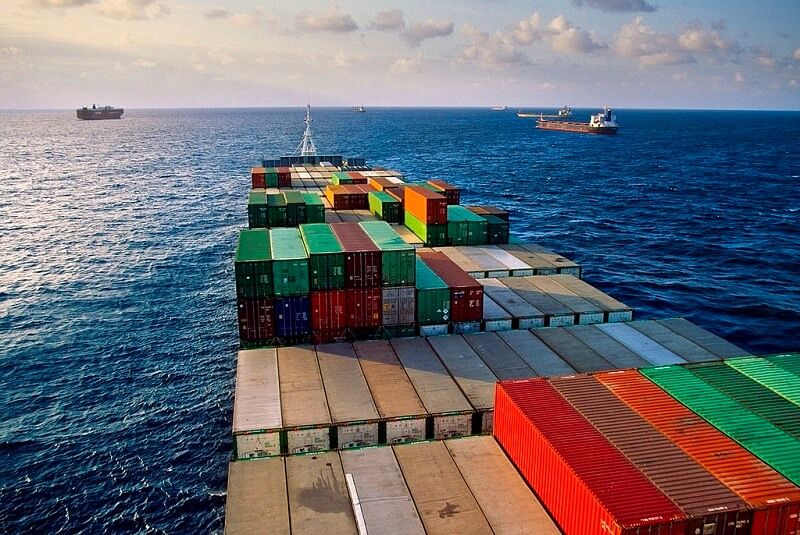Mexico has an elasticity of its income from imports and exports (international trade) of 1.2, according to an analysis published by the OECD.
The analysis is included in the document Economic Outlook for Latin America 2020.
In general, the countries of Latin America and the Caribbean have to change their models of insertion in the world economy in order to achieve higher GDP growth rates without suffering external imbalances.
The relationship between the elasticities of income from international trade makes it possible to calculate the maximum growth limit with external equilibrium.
For example, in the case of South America, the relationship between the elasticity of income from exports and imports is close to 0.8, which implies that, if world GDP increases to 2% in the next few years, South America it could grow 1.4% without incurring an increase in external debt.
Meanwhile, Mexico’s quotient is 1.2, which establishes a maximum limit of external restriction of 2.2 percent.
International Trade
According to the same analysis, these values are much lower than those calculated for the Asian economies, close to 4%, due to the fact that they have a much higher margin of growth without reaching the external restriction.
Import elasticities are similar among the different regions, so it is the minimum export elasticities that define the lowest maximum growth limit with external equilibrium in Latin America and the Caribbean, with a downward trend in the elasticity of exports. export earnings.
In turn, this region’s exports show little diversification and are therefore much less sensitive to rising world demand than other regions, which have experienced much higher and sustained GDP growth rates for several decades.
Countries with a higher content of industrial exports, and especially those with a high technological content, tend to have higher export elasticities than countries that export raw materials.
Export elasticities have tended to worsen in recent years, faster than world output growth.
With the exception of Paraguay, in the last decade, given the situation of rising prices of international basic products, the elasticities of exports fell with respect to the previous decade.
![]()

